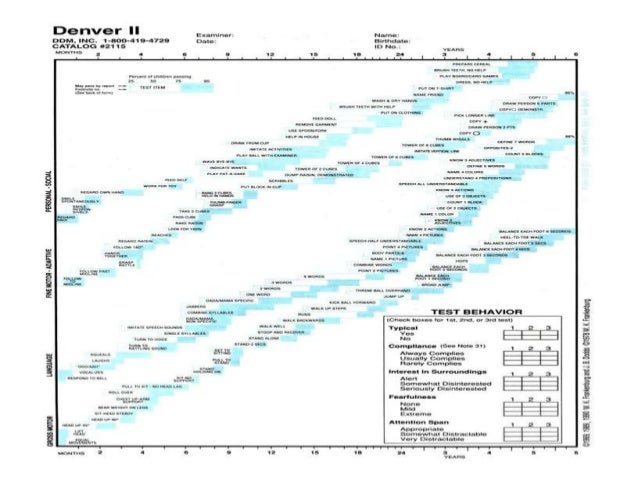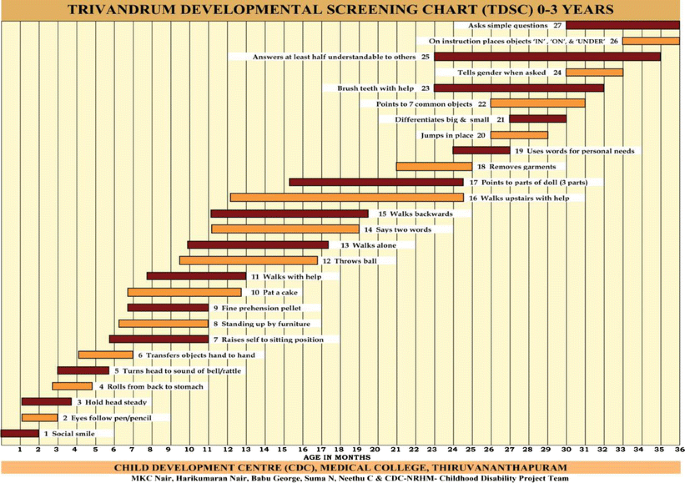

Neonatal clinical risk within the first 12 postnatal hours was assessed by CRIB-II, which results in a score of 0 (zero) to 27. The results of the ultrasound examinations were rated as normal (no detectable brain lesions) and abnormal (with brain lesions, such as intraventricular hemorrhage and periventricular leukomalacia).Į) Clinical Risk Index for Babies-77 (CRIB-II). Infants' health history, including neonatal data (admission, birth weight, gestational age, length of stay, Apgar score in the fifth minute and results of cranial ultrasound examinations) was recorded in the medical records. In this study, infants' motor performance was divided into two categories: normal (percentile > 10) and abnormal (percentile d" 10).ĭ) Clinical Record. The latter is inserted into the normative chart for the classification of the percentile score according to the infant's age. The score for each position (prone, supine, sitting and standing) is summed to the final score. The sensitivity ranges from 76% to 86%, whereas the specificity ranges from 82% to 93%, depending on the age of the infant (4 to 8 months) and the 10 th percentile was established as the cutoff point for developmental delay 24, 25. Concurrent validity (8-13 months) with other standard motor assessments (such as Bayley Scales) ranges from 0.84 to 0. The sample was comprised of 182 preterm infants ( 0.96 and test-retest reliability ranging from 0.86 to 0.99 23. METHODS: This is a cross-sectional study. OBJECTIVE: To compare the global and motor development of infants born preterm, regarding the performance in the chronological age and corrected age for prematurity IIIPhD in Psychology, Associate Professor, Department of Neurosciences and Behavior, Ribeirão Preto Medical School, University of São Paulo, Ribeirão Preto, SP, Brazil Doctoral student, Department of Neurosciences and Behavior, Ribeirão Preto Medical School, University of São Paulo, Ribeirão Preto, SP, Brazil

IIPhysical Therapist, Master of Science, Assistant Professor, Department of Physical Therapy of the State University of Goiás (UEG), Goiânia, GO. IPhysical therapist, PhD in Medical Sciences, Associate Professor, Department of Physical Therapy of the State University of Goiás (UEG), Goiânia, GO, Brazil Developmental assessment of infants born preterm: comparison between the chronological and corrected agesĬibelle Kayenne Martins Roberto Formiga I Martina Estevam Brom Vieira II Maria Beatriz Martins Linhares III


 0 kommentar(er)
0 kommentar(er)
